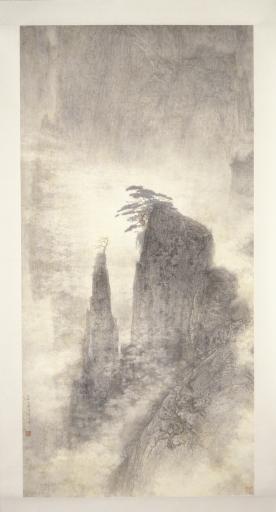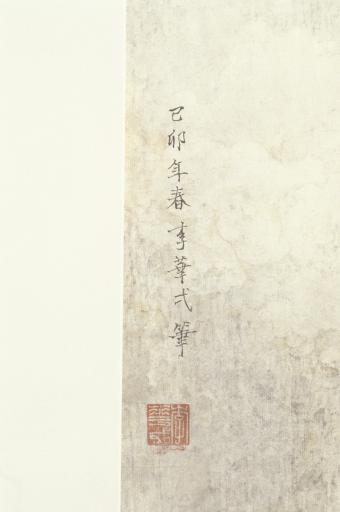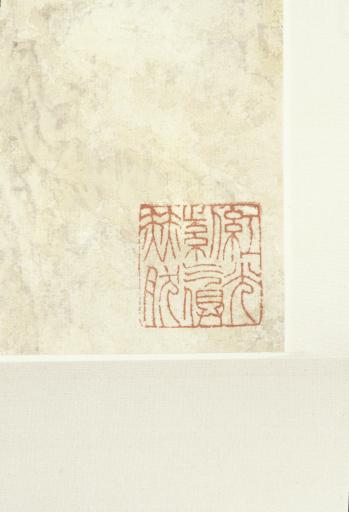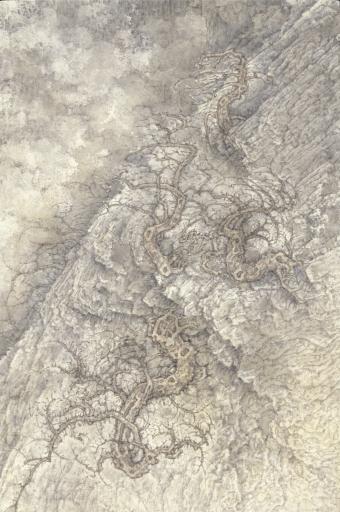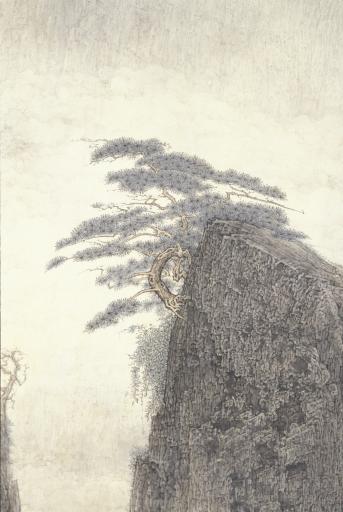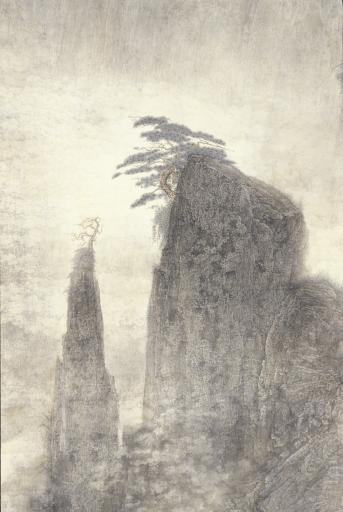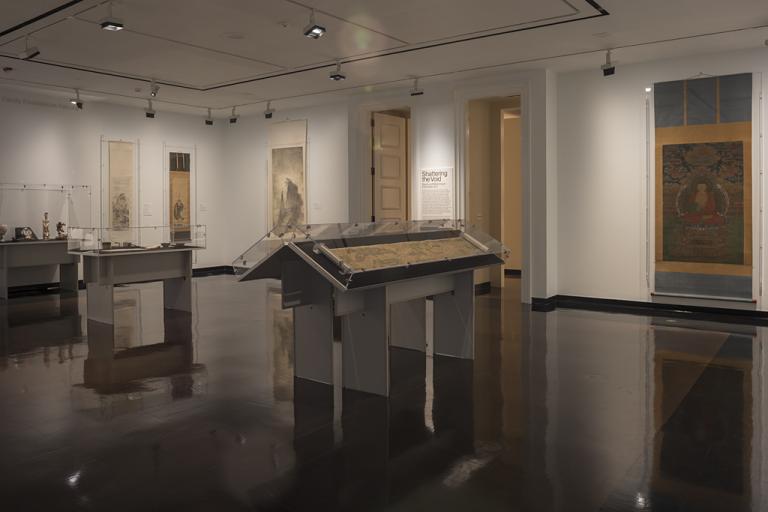The Silence of Pines on Remote Peaks, Li Huayi
Artwork Overview
Li Huayi, artist
born 1948
The Silence of Pines on Remote Peaks,
1999
Where object was made: China
Material/technique: ink; color; paper
Dimensions:
Image Dimensions Height/Width (Height x Width): 181 x 89.5 cm
Image Dimensions Height/Width (Height x Width): 71 1/4 x 35 1/4 in
Mount Dimensions (Height x Width x Depth): 273 x 107.2 cm
Mount Dimensions (Height x Width x Depth): 107 1/2 x 42 3/16 in
Roller Dimensions (Width x Diameter): 46 x 1 1/2 in
Image Dimensions Height/Width (Height x Width): 181 x 89.5 cm
Image Dimensions Height/Width (Height x Width): 71 1/4 x 35 1/4 in
Mount Dimensions (Height x Width x Depth): 273 x 107.2 cm
Mount Dimensions (Height x Width x Depth): 107 1/2 x 42 3/16 in
Roller Dimensions (Width x Diameter): 46 x 1 1/2 in
Credit line: Museum purchase: R. Charles and Mary Margaret Clevenger Fund in honor of Professor Chu-tsing Li
Accession number: 2000.0011
Not on display
If you wish to reproduce this image, please submit an image request
